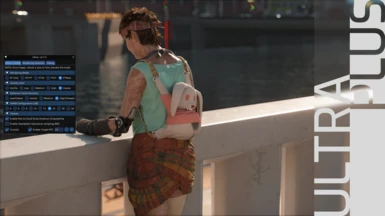D
Deleted member 2197
Guest
Using the AMD raytracing example I don't see anything wrong with Nvidia coming out with RTX On/Off videos where they were not partnering with the studio. They are simply making a statement that a subset of RTX features will work from a fidelity and performance standpoint in this particular game and there is no reason to think twice about the purchase. Advertising a RTX On/Off video in this case would endorse the RTX brand as being a capable performer even though they had no studio involvement in implementing ray tracing. I think it is intentional and a pretty good marketing strategy.It's just the ongoing blurring of the lines between NVIDIA posting marketing that might just be equivalent to a game running on any other platform, vs cases where they have actually been involved and done more specific work and so on. To be even more stark, imagine a hypothetical case where AMD did a raytracing implementation in a game... do you not agree it would be misleading for NVIDIA to then post that on their site as RTX On/Off? The implication is that there's something special you get when running on an RTX GPU, when in reality there may be nothing.
We folks here have effectively come to the conclusion that the marketing doesn't really mean anything at this point but judging from discussions with friends I don't think that's at all the case for the general public, and I think that's very intentional.




